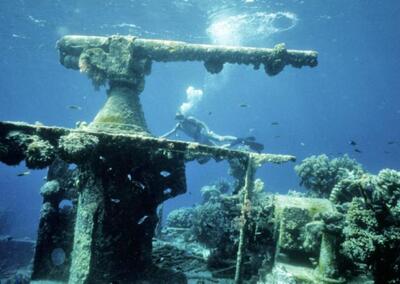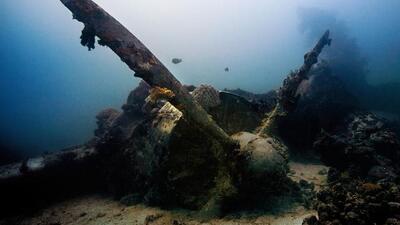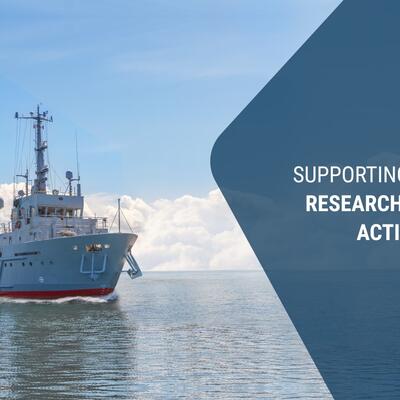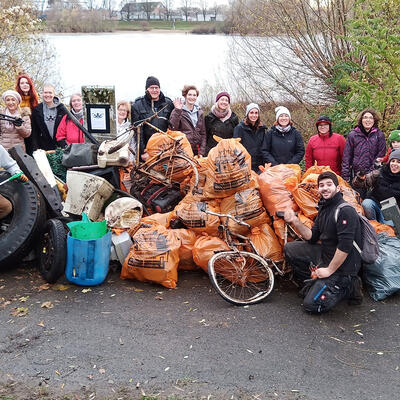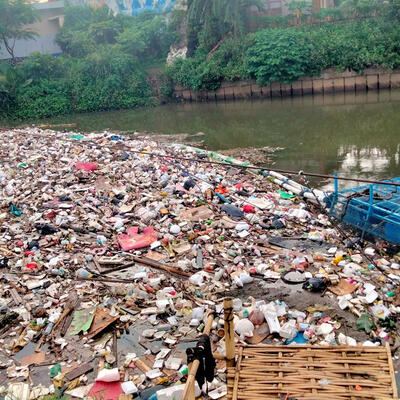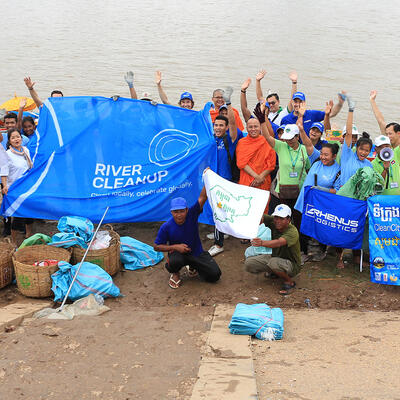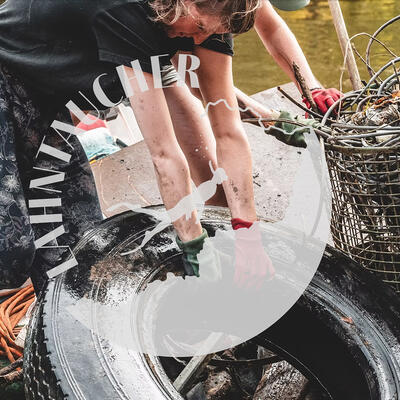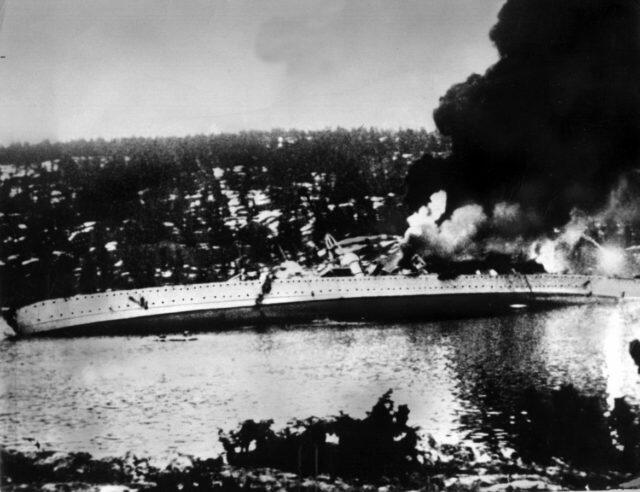
Marine Conservation Project Cleanwreck
-
Main problem:
Sunken and abandoned vessels -
Subproblem:
Environmental pollution and marine catastrophes -
Consequence:
Environmental destruction -
Solution:
Investigation and treatment of the shipwrecks, decontamination work
Our activities aim to defuse as many wrecks as possible and to create broad awareness of the hitherto little-known threat.
Cleanwreck.org is a non-profit project, all revenues flow back into the investigation and treatment of the shipwrecks.
Therefore, in return for decontamination, the exclusive diving rights or the rights of economic use must be negotiated with their owners (in the case of warship wrecks usually the flag states¹) and if necessary with other legal entities (coastal states). The latter and additional wreck sponsorships will finance the decontamination and the marketing of the diving rights will cover the running costs of Cleanwreck. With a Diver Membership, ambitious divers can directly participate in the exploration of the wrecks and dive them themselves.
The wrecks to be located are searched by sonar. Typically, echosounder, multibeam echosounder, side-scan sonars, and other research equipment as used in bathymetry / hydrography are used.
In the case of “sonar hits” which suggest wreck findings, more detailed investigations will be carried out. Depending on the depth, further investigations are carried out using ROV (Remotely Operated Vehicle) or direct diving. Special techniques and equipment developed by us for this purpose, similar to that used in technical diving, enable us to carry out comparatively inexpensive investigations of actual wreck finds. This enables us to identify them quickly and to make an initial assessment of their hazard potential. The urgency and possible measures are then analyzed.
After successful negotiation of the rights to the wreck, the best possible decontamination of the wreck is planned and implemented, if necessary (usually the case). Depending on the type of environmental threat, this can range from a “simple” extraction of (heavy) oil to a highly complicated, dangerous and cost-intensive recovery of explosives or other toxic substances.
Photo Credits by: ©cleanwreck
https://int.cleanwreck.org/


